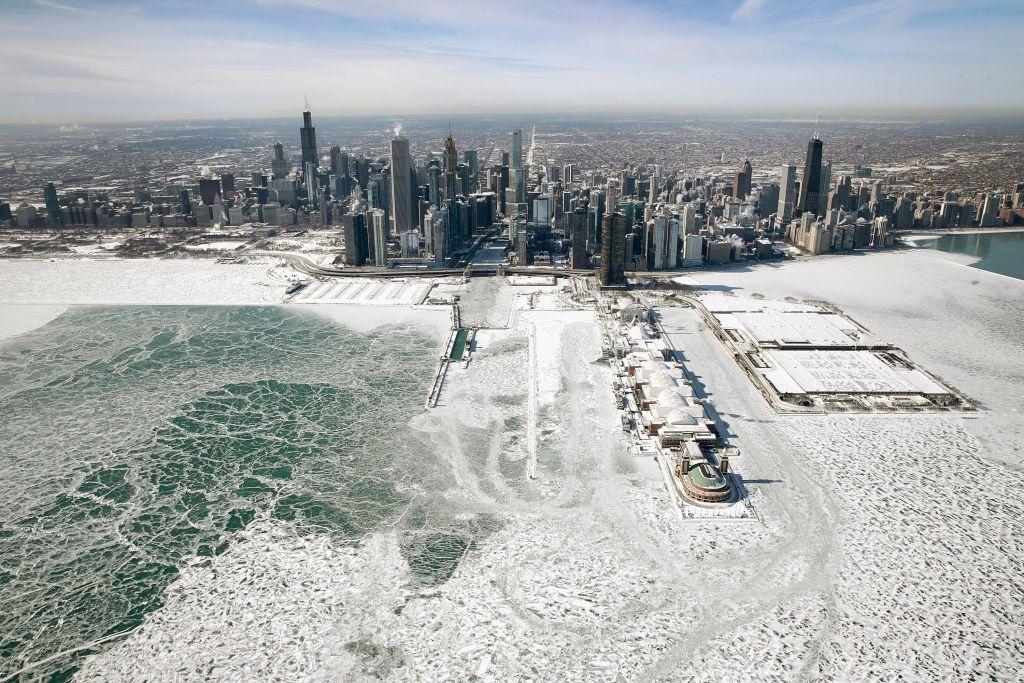CHICAGO—Illinois has lost more residents than any other state over the past decade, according to data released by the U.S. Census Bureau on Dec. 30. Studies suggests that a few main reasons people are leaving Illinois include dissatisfaction with the state’s high taxes, its government’s policies, and its weather.
The population of Illinois dropped by about 168,000 total in the past decade. Population changes can happen for various reasons, including having more deaths than births. But it’s long been clear from Census data released over the years that Illinois’s biggest problem is people leaving to live in other states.





